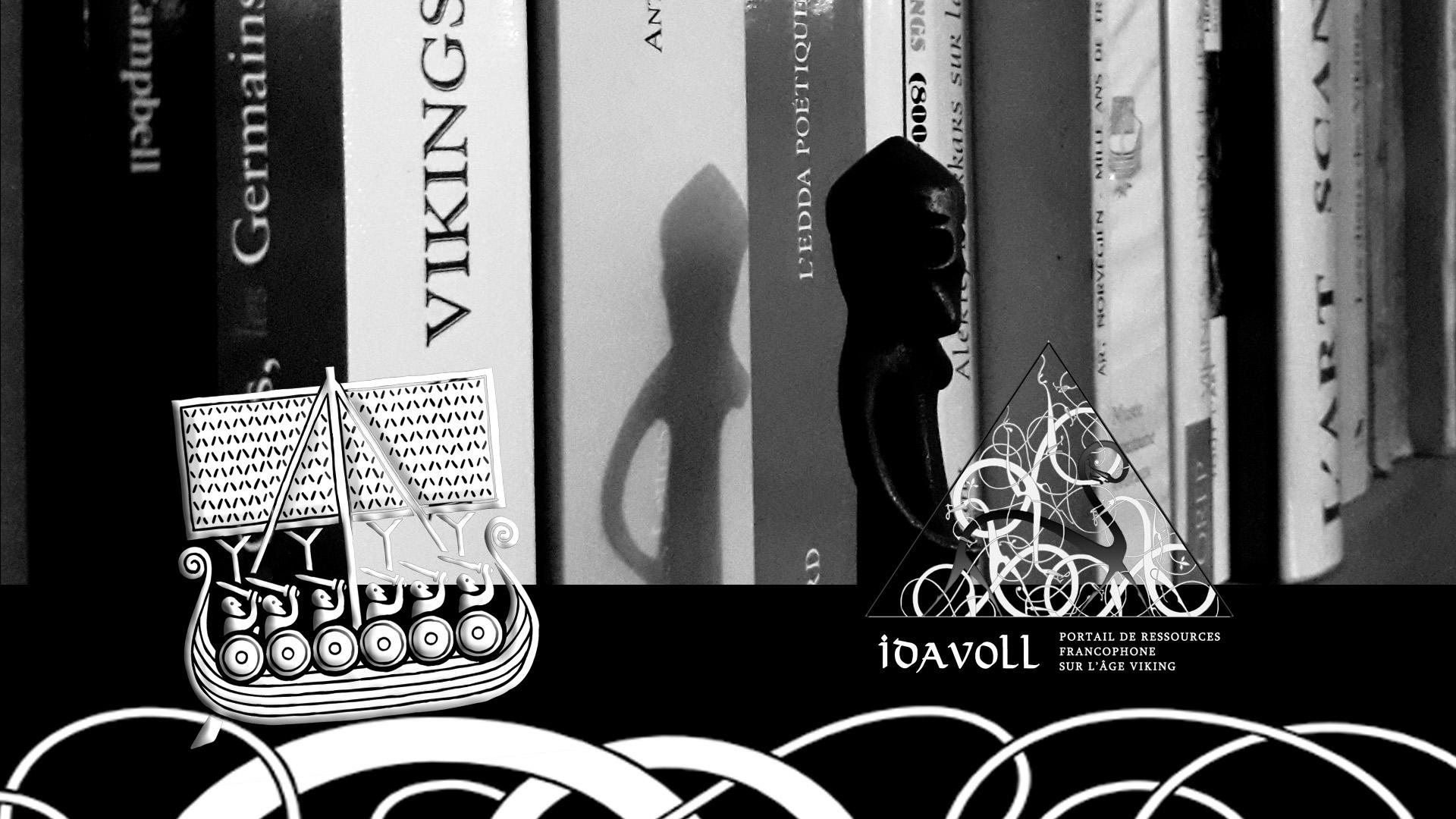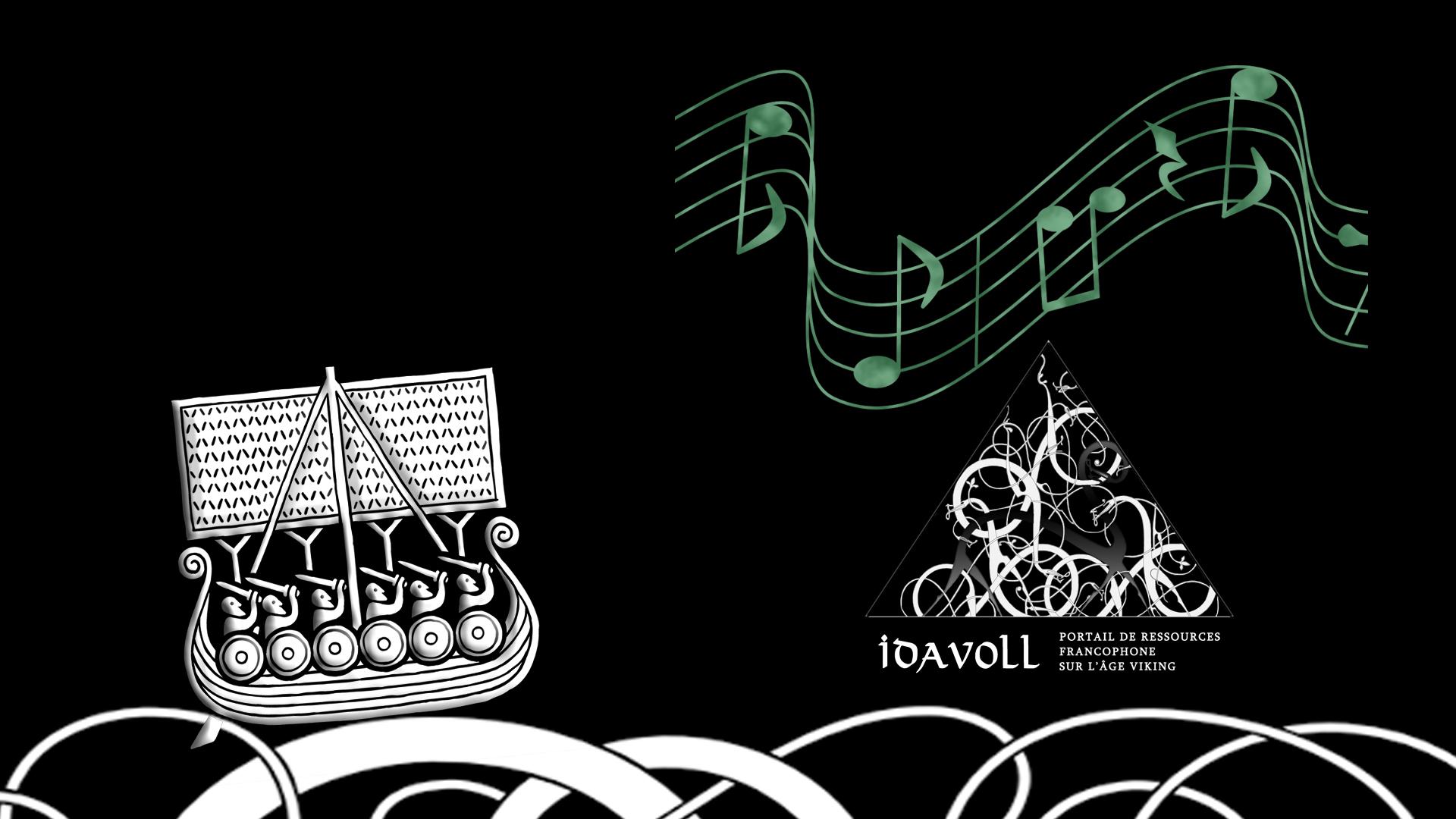Viking Tones #6 Ut-re-mi
Guido of Arezzo (1050) - Ut-re-mi
Musical Instruments - Gemshorn, lyre
From Wikipedia:
The use of a seven-note diatonic musical scale is ancient, though originally it was played in descending order.
In the eleventh century, Guido of Arezzo developed a six-note ascending scale that went as follows: ut, re, mi, fa, sol, and la. A seventh note, "si" was added shortly after. The names were taken from the first verse of the Latin hymn Ut queant laxis, where the syllables fall on their corresponding scale degree.
Ut queant laxis resonāre fibris
Mira gestorum famuli tuorum,
Solve polluti labii reatum,
Sancte Iohannes.
Guido of Arezzo (991/992 after 1033) was a music theorist of the Medieval era. He is regarded as the inventor of modern musical notation (staff notation) that replaced neumatic notation; his text, the Micrologus, was the second-most-widely distributed treatise on music in the Middle Ages."
Laxis Queant Ut Arezzo Guido Solfège Lyre Gemshorn Hymn Latin Folk Tones viking Micrologus
Ajouter un commentaire











